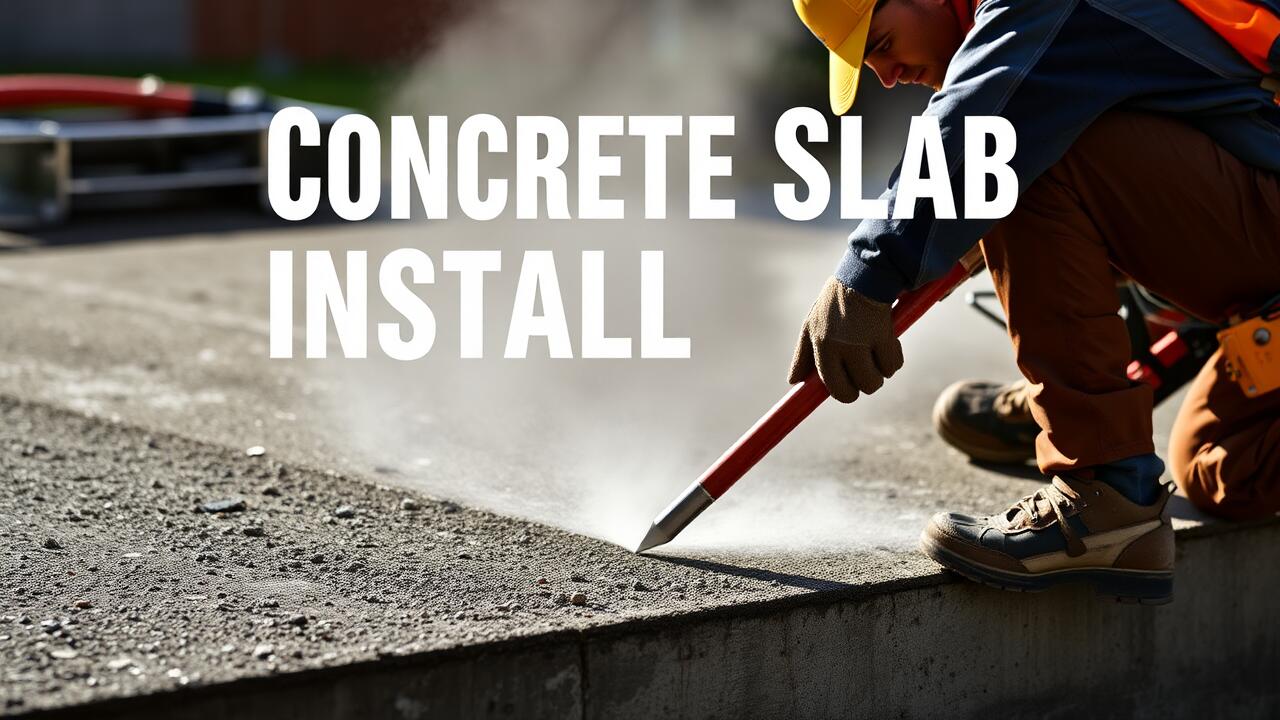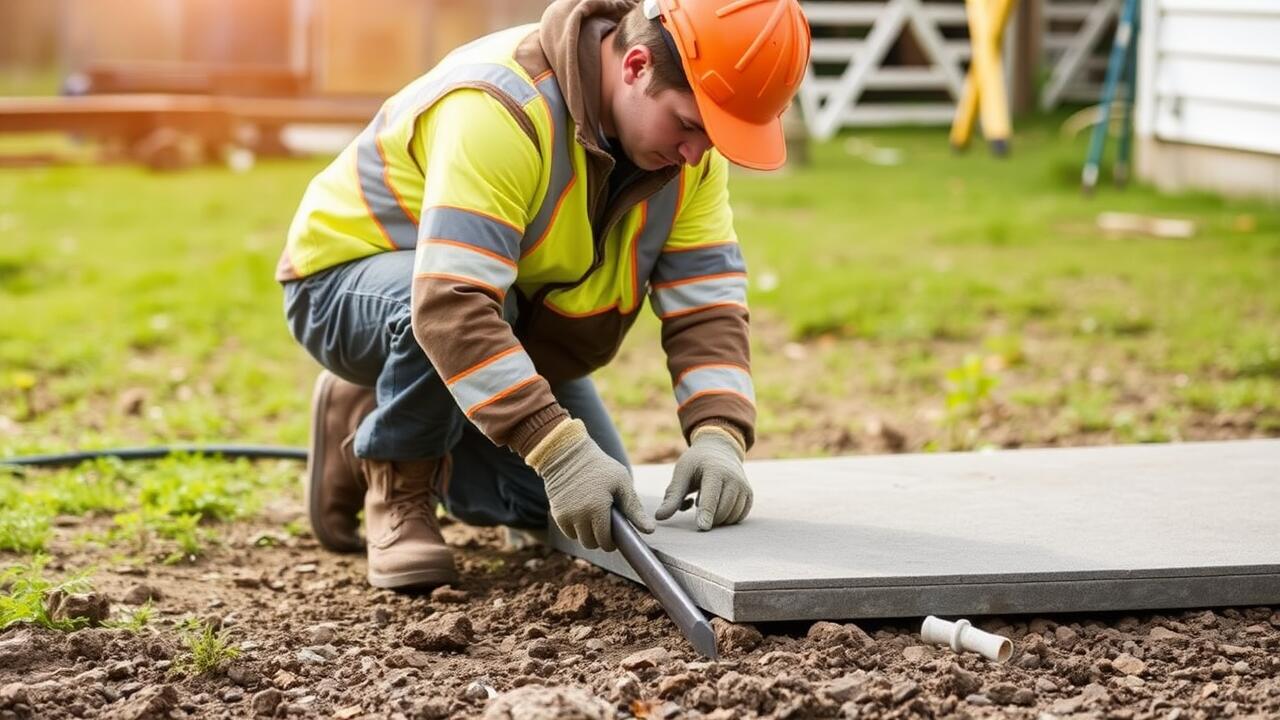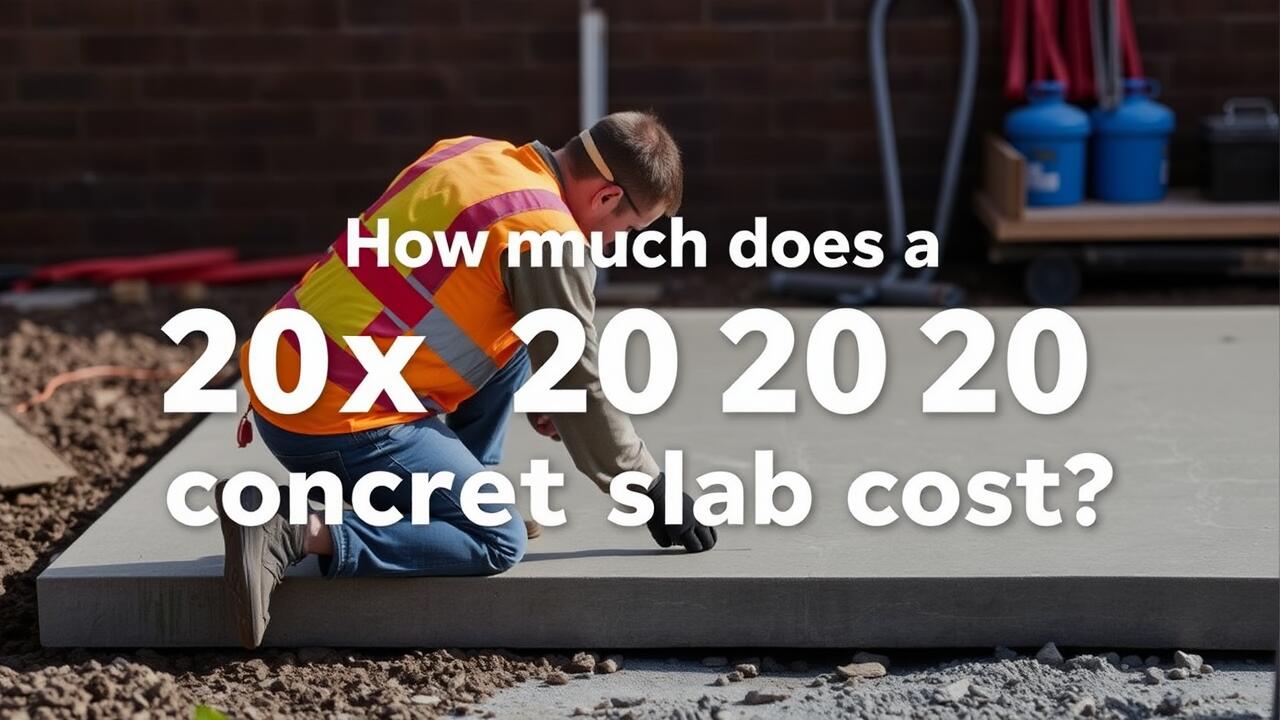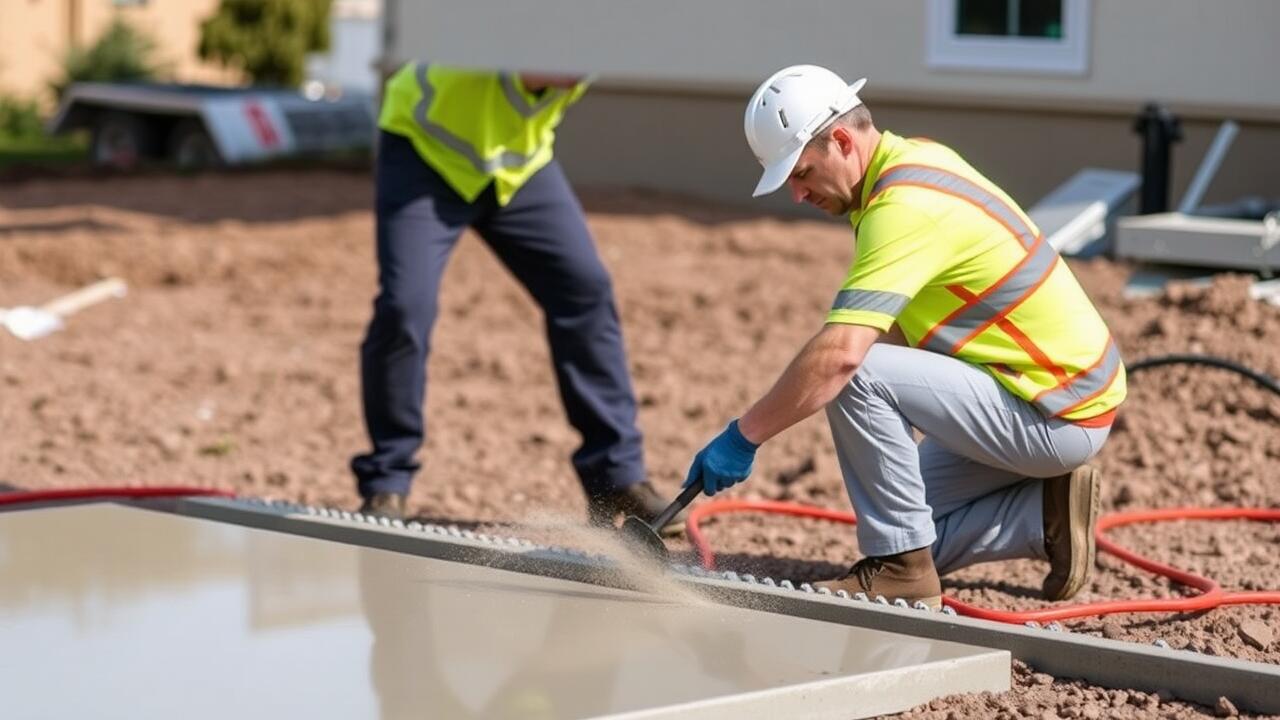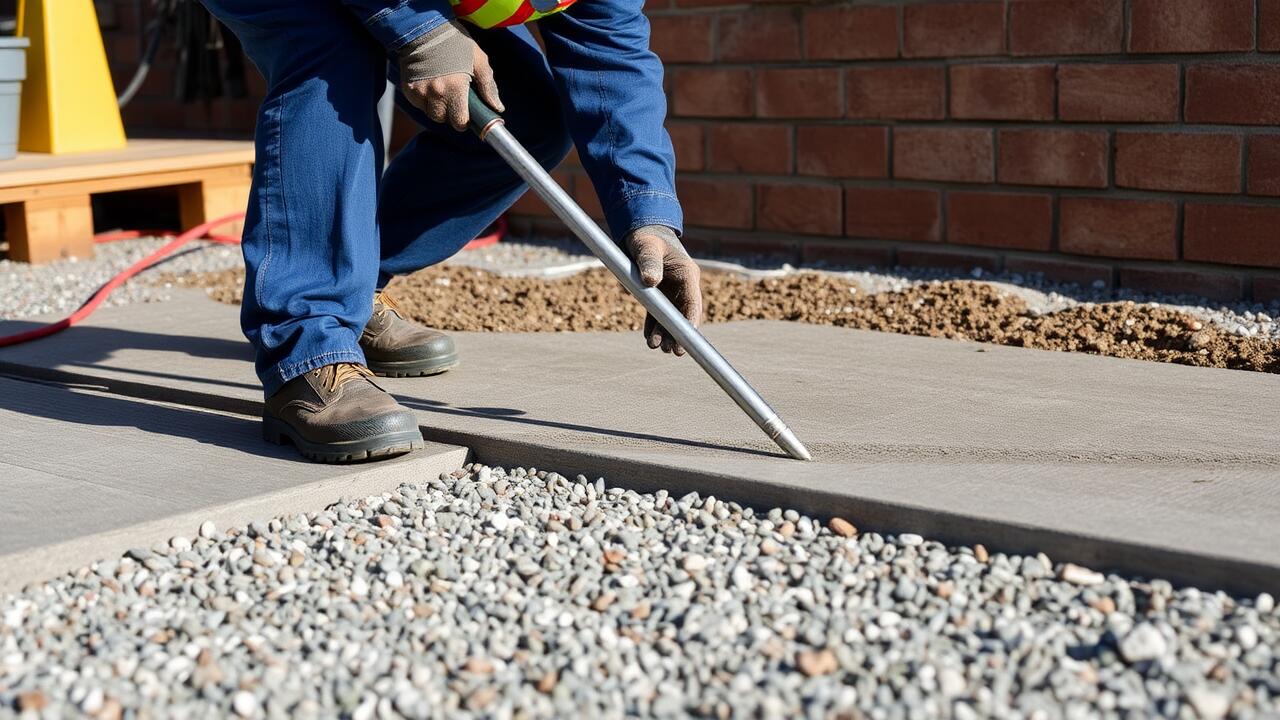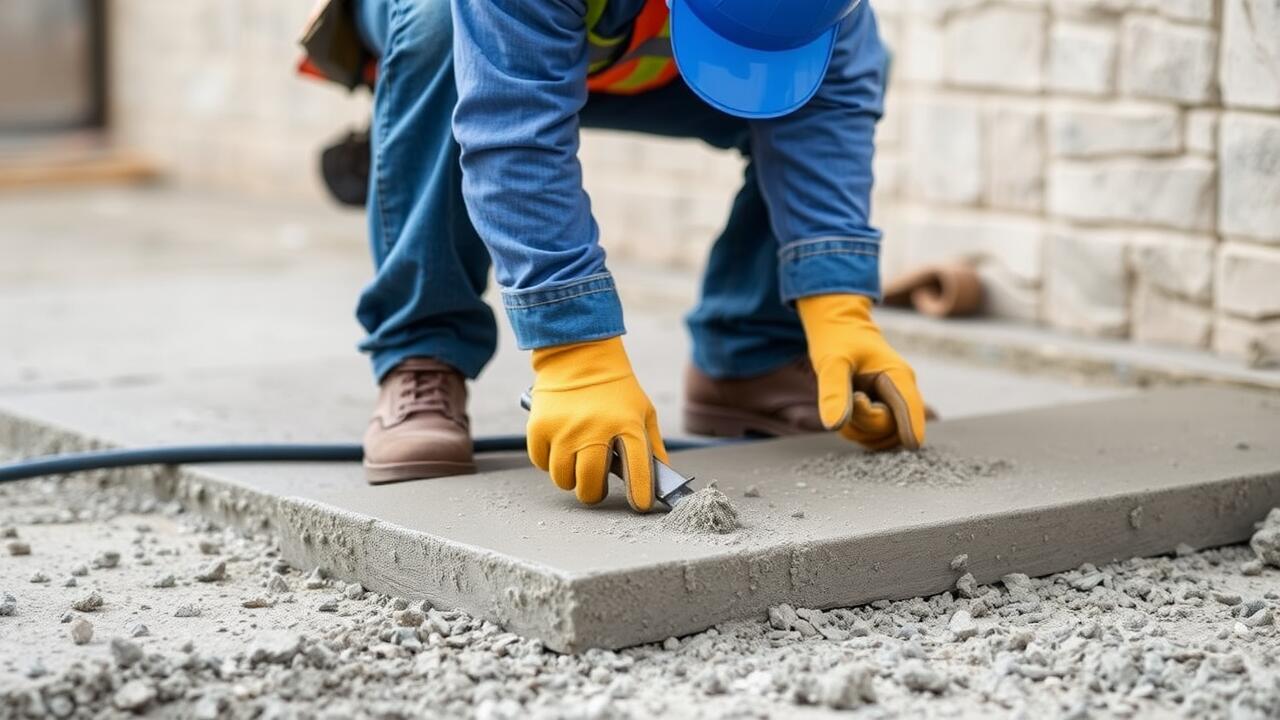
Climate Effects on Slab Thickness
The climate plays a significant role in determining the appropriate thickness of a concrete slab. In areas with extreme temperatures, whether excessively hot or cold, the expansion and contraction of the material can lead to cracking. For regions that experience frost, a thicker slab is often necessary to prevent heaving during freeze-thaw cycles. Optimal slab thickness varies by location and should consider both current and historical weather patterns.
When planning for concrete slab installation, it's essential to account for local climate conditions. A reliable approach is to consult with professionals familiar with the specifics of your area. Searching for "Concrete Slab Installation near me" can help identify experts who understand how weather variations impact material behavior and can tailor the slab thickness accordingly. This attention to detail ensures durability and longevity, ultimately offering better performance under various environmental stresses.
Adjusting Depth for Weather Variations
When considering the depth of a concrete slab, local climate conditions play a significant role. Areas with freeze-thaw cycles require a thicker slab to manage the stress caused by changing temperatures. The depth needs to be adjusted to accommodate the frost line, ensuring that the concrete remains stable and minimizes potential cracking. Homeowners often seek services for "Concrete Slab Installation near me" to ensure that skilled professionals assess these factors accurately.
In regions prone to heavy rainfall or flooding, the slab's depth may also need to be enhanced. A deeper slab can help prevent water pooling and reduce the risk of erosion under the structure. Proper drainage planning should complement these adjustments to ensure long-term durability. Consulting local experts can provide tailored recommendations for slab thickness based on prevailing weather conditions and geographic specifics.
Reinforcement and Its Role in Thickness
Reinforcement plays a crucial role in determining the appropriate thickness of a concrete slab. When a slab is designed to bear significant loads, such as those seen in commercial or industrial settings, adding reinforcement helps distribute weight more evenly. This can prevent cracking and enhance the overall durability of the structure. Various types of reinforcement, including rebar and wire mesh, can be strategically placed within the slab to improve its strength and resilience.
When considering concrete slab installation near me, it's essential to account for local building codes and engineering standards. These often dictate minimum thickness requirements based on anticipated loads and soil conditions. A well-reinforced slab not only meets these standards but also offers greater performance over time, reducing the likelihood of repairs and maintenance. Investing in proper reinforcement techniques ultimately yields longer-lasting results for any concrete slab project.
Importance of Rebar and Mesh
Reinforcement is crucial for enhancing the structural integrity of a concrete slab. Rebar and wire mesh help distribute loads evenly and minimize cracking, especially in expansive soil conditions or areas prone to freeze-thaw cycles. By incorporating these materials, the overall durability and longevity of the slab improve significantly. Homeowners often seek quality assurance in their projects, which is why searching for "Concrete Slab Installation near me" becomes essential to find experienced professionals who understand the importance of proper reinforcement.
The positioning of rebar and mesh is equally important in the slab's construction process. It is vital to place these reinforcements within the concrete's midsection to maximize their effectiveness. This strategic placement ensures that the rebar and mesh can effectively counteract tensile forces that can lead to cracking. Engaging specialists for concrete work provides peace of mind that the installation will adhere to best practices, further enhancing the resilience of the slab against various environmental stressors.
Preparing the Site for Concrete
Proper preparation of the site is crucial for a successful concrete slab installation. Begin by clearing the area of any vegetation, debris, or existing structures. Level the ground to create a stable and even base, which will help prevent cracking and uneven settling later on. Compacting the soil is an essential step, as this reduces air pockets and improves the stability of the foundation. Drainage should also be considered during site preparation to avoid water pooling under the slab.
Once the area is cleared and leveled, installing formwork helps define the edges of the slab. Use sturdy materials to ensure the forms can withstand the weight of the concrete. Additionally, it is beneficial to lay a layer of gravel or crushed stone to aid in drainage and further stabilize the base. For those searching for services related to "Concrete Slab Installation near me," ensure that the contractors understand the importance of proper site preparation to achieve the best results.
Best Practices for Groundwork
Preparing the ground properly is essential for a successful concrete slab installation. Start by clearing the site of any debris, vegetation, and loose soil. This helps create a stable foundation. After clearing, compact the soil to reduce settling over time. If the ground is unstable, consider utilizing gravel or adding a base layer to enhance support for the slab.
It’s also important to ensure proper drainage around the site to prevent water accumulation beneath the slab. Installing forms can guide the pouring process, helping maintain the desired thickness and alignment of the concrete. When searching for assistance, terms like "Concrete Slab Installation near me" can yield local experts who understand these best practices and can help execute the project efficiently.
FAQS
How deep should concrete be for a standard residential slab?
For a standard residential concrete slab, a depth of 4 to 6 inches is generally recommended, depending on the load it will support and local building codes.
Does climate affect the depth of a concrete slab?
Yes, climate can significantly affect slab depth. In areas with frost, deeper slabs may be necessary to prevent cracking and heaving during freeze-thaw cycles.
What role does reinforcement play in concrete slab thickness?
Reinforcement, such as rebar or wire mesh, can allow for a thinner slab while maintaining strength, as it helps distribute loads and reduce cracking.
Can I use a thinner slab if I’m using high-strength concrete?
Yes, high-strength concrete can allow for a thinner slab, but it’s essential to consult with a structural engineer to ensure that it meets load requirements.
What are the best practices for preparing the site before pouring concrete?
Best practices include clearing the area of debris, leveling the ground, ensuring proper drainage, and compacting the soil to create a stable foundation for the slab.
